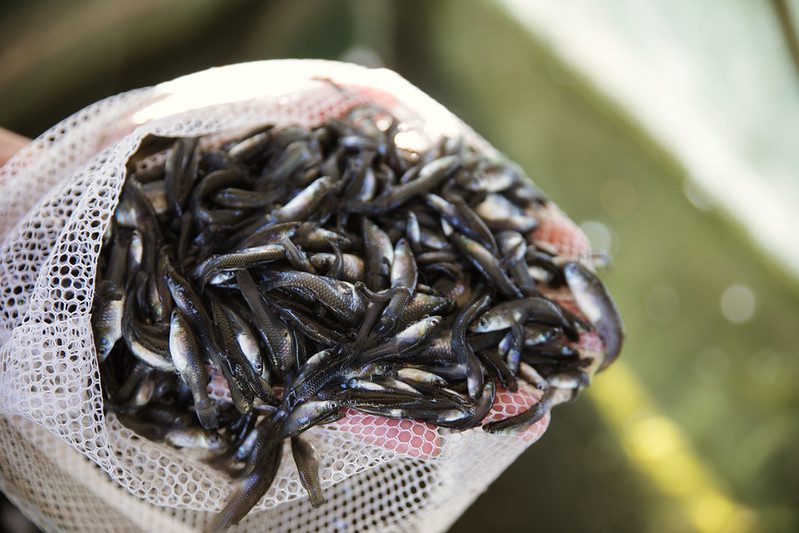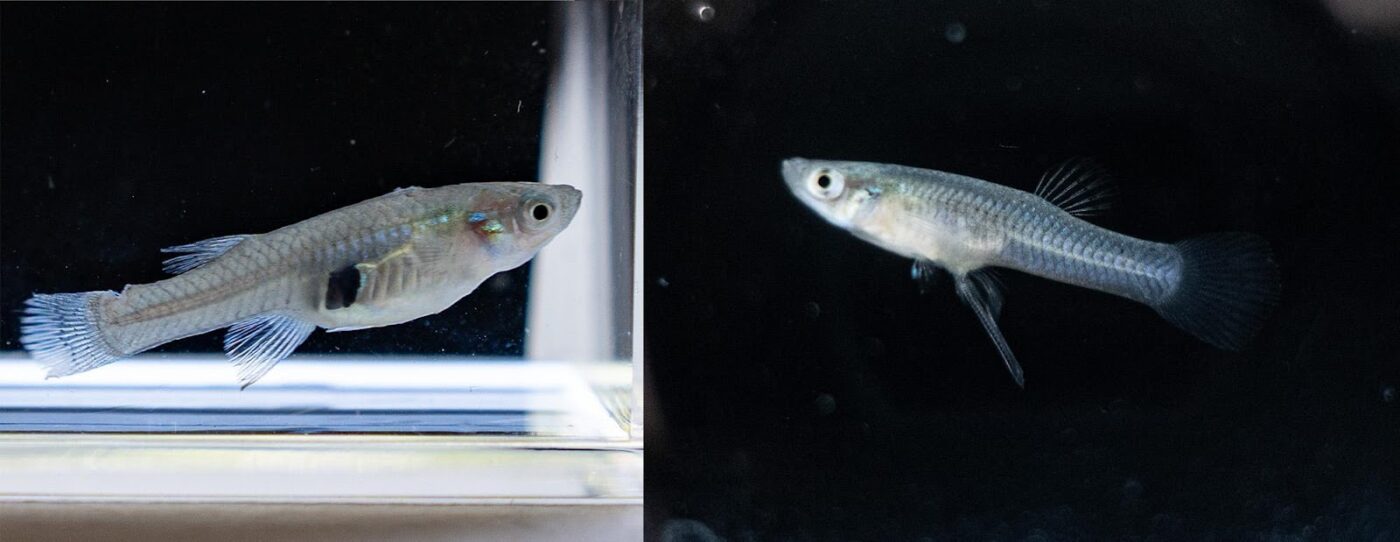Monday August 21, 2023

Most people have heard of working dogs, but few have heard of, or even considered the concept, of working fish. Western mosquitofish (Gambusia affinis) were first introduced to California in 1922 to perform mosquito control services throughout the state. Threats from invasive mosquitoes and mosquito-borne illnesses have increased over the last century with climate change, deforestation, and urbanization. West Nile virus, Asian tiger mosquitoes (Aedes albopictus), and now malaria, are pertinent and growing issues in the United States that necessitate an intervention to mitigate the spread of disease. In 1915, Assembly Bill 1590 was passed to form special mosquito abatement districts in California. Currently, there are 60 member agencies throughout the state focusing on remediation for mosquito abatement. In addition to chemical (larvicide and insecticide treatments) and physical (change to landscape) controls, one approach to mosquito abatement is the stocking of mosquitofish in mosquito habitat (standing or slow-moving water). Since their introduction, mosquitofish have been regularly stocked in areas ranging from naturally fishless ponds to rice fields to urban drainage basins.
Mosquitofish are originally native to the southern United States, but their modern range includes most of the nation – even the islands of Hawaii, Guam, and Puerto Rico have mosquitofish – and they are found on every continent except Antarctica. These fish are so popular for mosquito control that the city of Sochi, Russia erected a statue to honor the fish for their role in malaria eradication in the Black Sea. They are small (typically less than 3 inches), can live up to three years, and are sexually dimorphic, meaning that males and females are distinctly different from one another: males are smaller and have an elongated anal fin (called a gonopodium), while females can be several times larger than males and sport a gravid spot on their bellies when they are mature.

Different from most fishes, which lay eggs, mosquitofish are ovoviviparous. This means they have a livebearing reproductive strategy, similar to guppies, some surfperches, and most sharks. Female mosquitofish mature quickly (as early as 21 days), can store sperm for several weeks for later use, and will abort embryos in the face of adverse environmental conditions. Depending on the climate, mosquitofish females may annually deliver several broods of up to 100 fry, with gestation periods ranging from three to six weeks. This means that in just one summer, a female mosquitofish born at the beginning of the season can become a grandmother! In short, these fish are very prolific.

Their tolerance to adverse environmental conditions is just as impressive as their capacity for rapid reproduction. They are hardy, resistant to pollution, and insatiable consumers, making them an ideal species for mosquito control. Mosquitofish can withstand environmental conditions that are well outside the tolerances of other fish species, persisting in temperatures from 33 to 108˚F, and in salinity levels from 0 to 58 parts per thousand (seawater is close to 35 parts per thousand). Most lentic (still water) habitat fostering mosquito reproduction is incompatible with sensitive native fish species due to excessive pollution or altered water chemistry and flows. For example, swimming pools that are unmaintained or have fallen into disrepair are a relatively common occurrence and provide a perfect breeding ground for mosquitoes. Mosquitofish are an apt solution to mosquito abatement in these areas. It has been estimated that an individual mosquitofish can consume anywhere between two and 68 mosquito larvae per day – but mosquito larvae aren’t the only item on their menu. These hardy little fish are voracious omnivores, and consume a variety of prey items including other invertebrates, detritus, algae, and early life stages of other fishes.
Unfortunately, the traits that make mosquitofish a favorable choice for mosquito control also contribute to their success as an invasive species, as they have the potential to displace more sensitive native species. Human-caused factors including pollution, alterations to natural flow regimes, and climate change have detrimentally affected native fish populations and left the door wide open to invaders, including mosquitofish. They are an aggressive species that can dictate population assemblages of native species through predation or harassment of their young. This predation is not limited to fish species, and includes the early life stages of frogs and newts. Their appetite for algae-eating zooplankton has been attributed to spurring harmful algal blooms that are detrimental to fish populations, as they essentially eliminate the primary consumers of algae. Mosquitofish are, indeed, an integral part of mosquito abatement in California and beyond, and are pillars in the novel ecosystems that have been formed in the urban-aquatic interface. As mosquito control issues persist, managers must continue to balance the vector control services that mosquitofish provide with their effects on native aquatic ecosystems.
This post was featured in our weekly e-newsletter, the Fish Report. You can subscribe to the Fish Report here.
